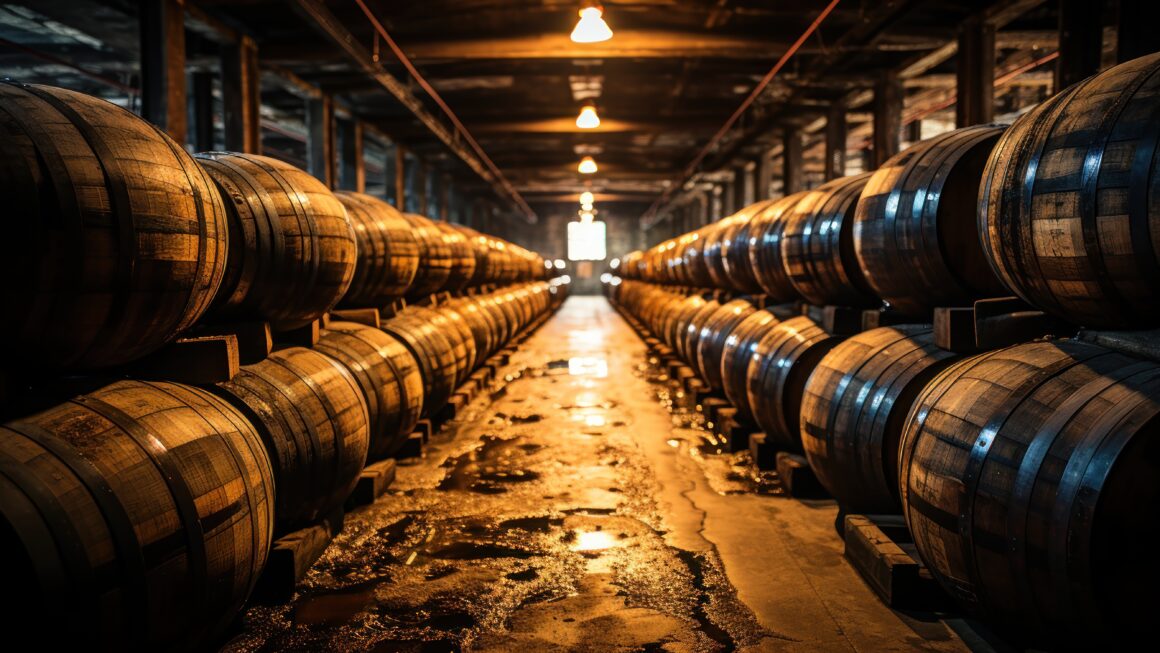Because tyres are frequently overlooked until they are pushed to their limits on the road. When it comes to safety, your car’s tyres are one of the most important components. The brakes stop the wheels rather than the vehicle. The tyres are the ones who put a stop to it. Given the importance of tyres, here’s all you need to know about the major types of tyres and their working.
TYRES: TYPES AND WORKING
1. Summer tyres
We highly advise you to put summer tyres on your vehicles during the warmer season, when temperatures rise over 7 °C. Only summer tyres, with their specific tread compounds and tread patterns, can offer good grip levels on dry and wet roads. Summer tyres also give excellent mileage performance and curve stability in hot weather.
Summer Tyres Swadlincote consist of a unique rubber mix that provides exceptional handling and traction on both wet and dry roads during the summer months. Summer tyres also have decreased rolling resistance, resulting in improved fuel economy and a calmer ride. A summer tyre’s design is much less complicated compared to a winter tyre, with fewer grooves allowing water displacement. This improves the car’s contact surface with the roadway, resulting in improved grip and braking performance on a dry road throughout the summer months.
2. Winter tyres
Winter tyres aren’t simply for when there’s ice or snow on the road. Winter tyres, however, are designed to perform at their optimum as soon as the temperature drops below 7 degrees Celsius. This is because winter tyre compositions allow the tyre to maintain flexibility in cold temperatures, resulting in the best grip and traction under winter road conditions.
For better handling in cold weather, winter tyres have various design characteristics. To begin with, they contain substantially more natural rubber than standard tyres, resulting in a significantly softer structure. Summer tyres’ rubber hardens when the temperature dips below 7 degrees Celsius, limiting grip. Winter tyres, on the other hand, are made with a specially formulated rubber compound that guarantees that flexibility is maintained in colder conditions.
Winter tyres also feature deeper grooves and narrower cuts in their tread, known as sipes, which provide more surface area and traction. As a result, understeer and oversteer will be decreased.
3. All season tyres
All-season tyres integrate the best aspects of summer and winter tyres to create a rubber that can manage both heat and snow. They’re known as all-season tyres because they’re designed to work and keep you safe in both hot summer and cold winter weather.
A summer tyre compound performs best at temperatures of 7°C or above, whereas a winter tyre compound performs best at temperatures of 7°C or below, according to industry standards. All-season tyres are made using an intermediary rubber composition.
4. Energy saving tyres
Energy-saving tyres are ones that use less energy and, as a result, require less gasoline to run. They’re made to use less energy to propel the car ahead, which means less gasoline is needed because the engine doesn’t have to work as hard. These Tyres Swadlincote are designed to increase efficiency and reduce fuel consumption, but they won’t provide the same level of performance as high-performance tyres, such as precision steering and exceptional control.
When the car is in motion inside an interior combustion engine, the air-fuel mixture burns and the pistons drive the crankshaft. The more fuel the power plant consumes, the higher the load. As the wheels rotate, the rubber adheres to the pavement. As a result, the powertrain is strained. When the contact surface between the tyre and the road expands, so does the fuel consumption.
As a result, the engine demands more power as the pressure within the wheels decreases. These low-drag tyres are designed to reduce emissions when the vehicle is in motion. The contact area of the wheel with the road surface remains unaltered.




